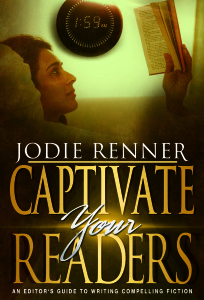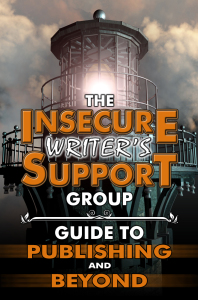Guest Post by Jack Smith
Antagonists can be persons or larger forces—groups, institutions, the society as a whole, nature, or the cosmos. Plots dealing with larger forces tend to embody conflicts with individuals as representative of these larger forces. In conflicts with nature, individual antagonists can complicate these conflicts.
Let’s concentrate, then, on individuals…
- Make sure your antagonist isn’t a one-dimensional or cardboard character, but is multi-dimensional—a worthy character to do battle with.
Avoid overshadowing your protagonist, but make your antagonist interesting enough to engage the reader; make him or her somewhat sympathetic, or at least empathetic, someone the reader can relate to. Namely:Continue reading



